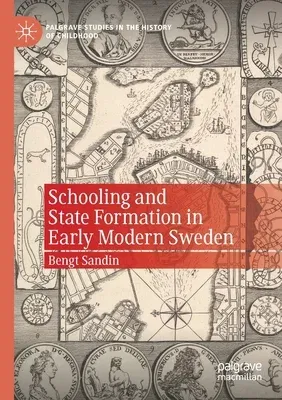Bengt Sandin
(Author)Schooling and State Formation in Early Modern Sweden (2020)Paperback - 2020, 8 November 2021

Qty
1
Turbo
Ships in 2 - 3 days
In Stock
Free Delivery
Cash on Delivery
15 Days
Free Returns
Secure Checkout

Part of Series
Palgrave Studies in the History of Childhood
Print Length
420 pages
Language
English
Publisher
Palgrave MacMillan
Date Published
8 Nov 2021
ISBN-10
3030566684
ISBN-13
9783030566685
Description
Product Details
Author:
Book Edition:
2020
Book Format:
Paperback
Country of Origin:
NL
Date Published:
8 November 2021
Dimensions:
21.01 x
14.81 x
2.31 cm
ISBN-10:
3030566684
ISBN-13:
9783030566685
Language:
English
Location:
Cham
Pages:
420
Publisher:
Weight:
530.7 gm